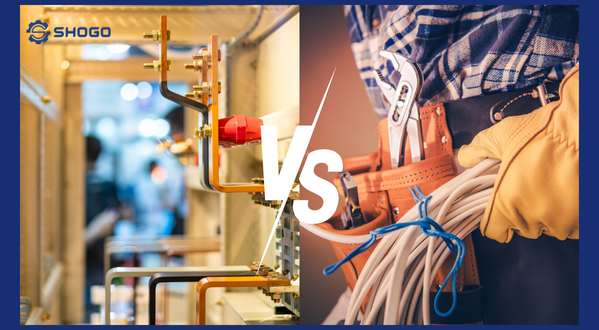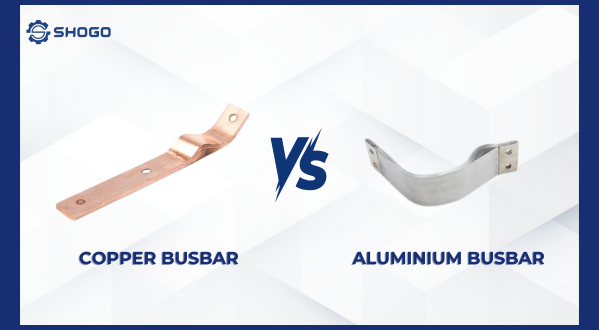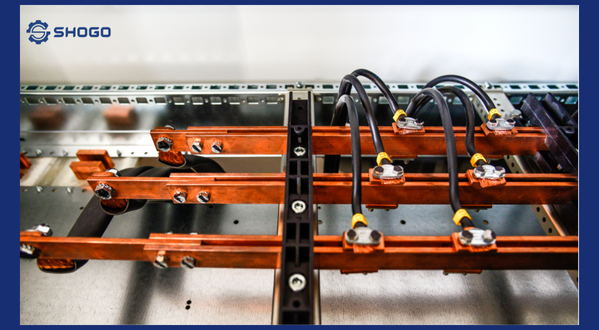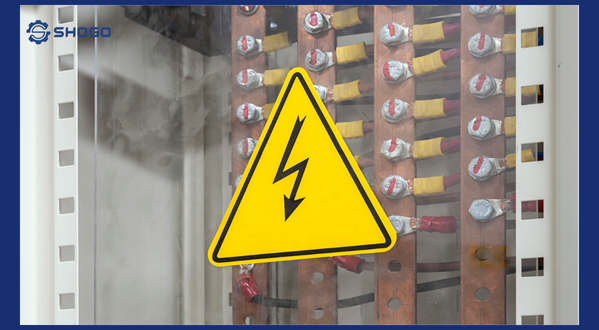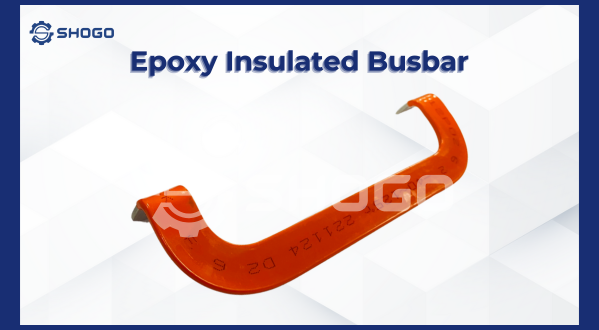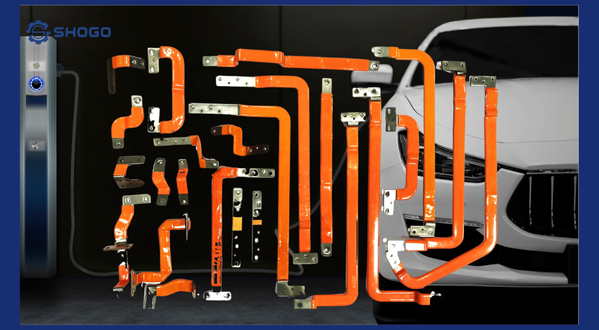
1. Why Do EV Busbars Need Insulation?
In electric vehicles (EVs), busbars are often arranged very close together inside battery packs, inverters, and power modules. These environments are tight, subject to vibration, heat, and high voltage.
Without insulation, busbars can:
- Cause arcing between conductors with insufficient spacing.
- Leak current to nearby metal components.
- Short circuit under vibration or mechanical stress.
- Pose a shock hazard during maintenance or installation.
→ For these reasons, insulation is essential for protecting the system and user safety in electric vehicle applications.
2. What Does Busbar Insulation Do in EV Systems?
Here are the main functions of insulation on EV busbars:
a) Prevents arcing and short circuits
Insulation isolates high-voltage conductors from each other and from nearby surfaces, preventing dangerous discharge or electrical fires.
b) Enhances safety for technicians
Proper insulation ensures that personnel are not exposed to live conductors during handling or servicing.
c) Protects against vibration and impact
Some insulation materials are elastic or shock-absorbing, helping the busbar withstand vehicle movement and mechanical strain.
d) Shields against harsh environments
High-quality coatings are moisture-resistant, flame-retardant, and chemically stable, essential for long-term reliability.
e) Enables compact EV system design
Insulation allows busbars to be placed closer together without compromising safety—crucial in vehicles where space is limited.
3. Common Insulation Materials Used in EV Busbars
| Material | Key Features |
|---|---|
| Polyimide (PI) | High heat resistance (up to 260°C), thin, lightweight, flexible. |
| Epoxy Coating | Strong adhesion, great insulation, moisture and chemical resistance. |
| PET Film | Cost-effective, good insulation, ideal for lower voltage levels. |
| PVC Heat Shrink | Shrinks to fit tightly, easy to apply during manufacturing. |
Material selection depends on the busbar’s location—battery, inverter, charger—and must balance performance, durability, and cost.
4. Technical Standards for EV Busbar Insulation
Busbar insulation in EVs must meet international standards for:
- Dielectric strength
- Flame resistance (typically UL94 V-0 or higher)
- Vibration and impact resistance (ISO 16750)
- Coating thickness and uniformity
- Adhesion to metal surfaces (especially copper or aluminum)
Failure to meet these standards may result in product recall, safety issues, or certification failure during EV system testing.
5. Conclusion
Busbar insulation in EVs isn’t just an accessory—it’s a critical layer for ensuring safety, performance, and longevity. A high-quality insulation layer helps:
- Prevent electrical hazards
- Enable compact, space-saving layouts
- Maintain durability under extreme automotive conditions
If you’re designing busbars for EV batteries, inverters, or chargers—never overlook insulation. Choose the right material, and meet all technical standards.
Need Help Choosing Busbar Insulation for EVs?
We supply custom insulated EV busbars that comply with ISO, IEC, and UL standards. Contact our engineering team now for material advice, design support, and pricing.






